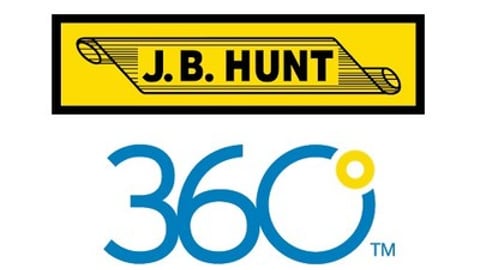How Amazon Wants to Improve Delivery
As e-commerce continues to grow in food and other types of retail, so to does the importance of logistics — and that includes delivery drivers. Now, a new Amazon research effort aims to use driver knowledge to improve product deliveries.
The e-commerce operator, logistical giant and cloud-computing Hall of Famer is working with the Massachusetts Institute of Technology on a competition designed to spark new thinking about routing deliveries.
More specially, the Amazon Last Mile Team is collaborating with the research university on the the Amazon Last Mile Routing Research Challenge, in which academic teams will train machine learning models to predict the delivery routes chosen by experienced drivers, according to Larry Hardesty, the editor of the Amazon Science Blog.
"Routing is one of the most studied problems in computer science,” Hardesty wrote in a recent post. “The traveling-salesman problem, or determining the most efficient route for a salesman who has to visit several different destinations, is the most famous example of a problem that is NP-complete, meaning that in all but the simplest instances, it’s computationally intractable.”
Even so, he touted the progress that Amazon has already made, which illustrates the challenges and opportunities addressed by this newly announced competition.
“The Amazon Last Mile team, which develops planning software for Amazon’s delivery fleet, finds approximate solutions to the traveling-salesman problem (optimizing for safety, experience, sustainability and efficiency) on a regular basis,” he wrote. “Given a delivery driver and a set of package destinations, the Last Mile team’s software tries to find the most efficient delivery route.”
Delivery efficiency is always important to retail success, but the case can be made that the trait is becoming even more vital, especially in food retail — an industry in which Amazon, of course, is seeking to play an even bigger role in 2021 and beyond. Take just one example, this one from Delivery Drivers Inc. (DDI), a third-party administrator specializing in last-mile delivery. The company recently announced its plan to hire more than 140,000 delivery drivers by the end of 2021.
The pandemic is also playing a big role in such growth. When COVID-19 hit, businesses relied on delivery services to navigate changing pandemic restrictions and consumer purchasing behavior. By the end of last year, DDI’s national driver base was four times larger, and the company projects significant growth in 2021 as even more retailers expand into delivery.
As for the Amazon-MIT collaboration, it will tackle one of the bigger issues in the delivery space — how to use driver know-how in service of better deliveries.
“Drivers … frequently deviate from … computed routes,” Hardesty wrote. “Drivers carry information about which roads are hard to navigate, when traffic is bad, when and where they can easily find parking, which stops can be conveniently served together, and many other factors that existing optimization models don’t capture.”
Indeed, the Amazon-MIT competition has the “the aim of incorporating driver know-how into route optimization model,” he wrote. “Amazon is providing the training data for the models and will be evaluating submissions, with technical support from MIT Center for Transportation & Logistics (CTL) scientists. MIT CTL will publish and promote technical papers about the top-performing models. The winners’ prizes are $100,000 for first place, $50,000 for second and $25,000 for third. Top-performing teams may be interviewed by Amazon for research positions in the Last Mile organization and be invited to present their work at MIT CTL.”
Amazon’s contributions to the project will involve its vast store of consumer and retail data.
“The historical data provided by Amazon will include approximate delivery locations, package dimensions, and travel times and distances between locations — information used by existing route optimization algorithms,” Hardesty wrote. “Amazon will also provide more than 4,000 traces of driver-determined routes, which encode the drivers’ know-how. Using both sources of information, contestants will be able to build models that identify and predict drivers’ deviations from routes computed in the traditional manner.”
Making progress on delivery efficiency will bring together various forms of technology that are quickly gaining steam in the food retail world — an example of how smaller parts can combine to produce larger results.
“We are encouraging participants to develop innovative approaches leveraging artificial intelligence, machine learning, deep learning, computer vision and other non-conventional methods,” says Julian Pachon, director and chief scientist at Amazon Last Mile. “The contest is seeking to produce solutions to the route-sequencing problem that outperform traditional, optimization-driven operations research methods in terms of solution quality and computational cost.”
The contest is open for registration beginning on Feb. 22, and the research period starts on March 15, 2021.
Seattle-based Amazon is No. 2 on Progressive Grocer’s 2020 PG 100 list of the top grocers in the United States.



